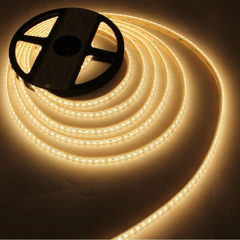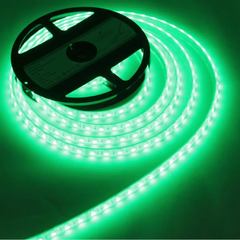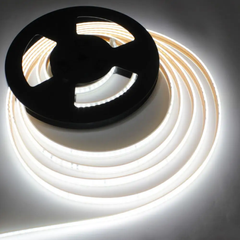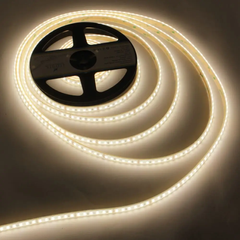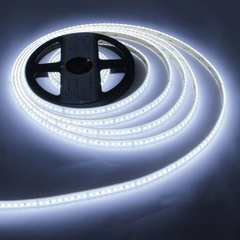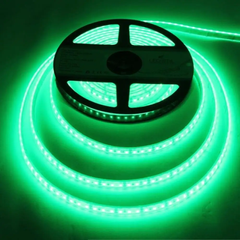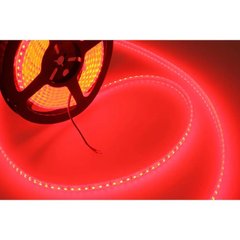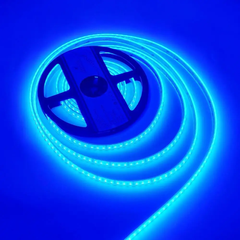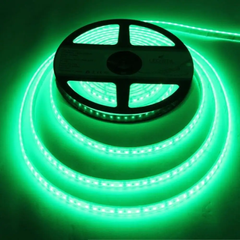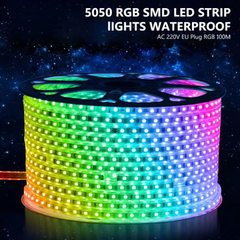|
Quantity
|
Out of stock
|
||
|
|
|||
The IP68 LED strip is one of the most common models, providing bright illumination and a long lifespan. With this device, you can effectively arrange primary or supplementary lighting. Its key distinction from counterparts lies in the size of the LEDs, which measure 5.0 x 5.0 mm, ensuring higher brightness.
Tape design
You can purchase the IP68 LED strip in two types:
- Sealed (waterproof)
- Unsealed (non-waterproof)
The first type is covered with a transparent compound on top, allowing it to be used in humid and aggressive environments. This encapsulation slightly reduces the brightness of the strip, but this minor reduction can be overlooked in exchange for expanding its range of applications.
The unsealed model is sold without protection, so it's recommended to use it only in conditions with a normal level of humidity. However, the backside of the strip is coated with adhesive, making it easy to mount on virtually any surface.
If you want to verify the degree of protection of the product, the level is indicated on the marking in the form of an alphanumeric code. The letters indicate the protection class, while the numbers indicate its level. The first digit represents the degree of protection against solid particles (dust), and the second digit represents protection against moisture on a scale from 0 to 10 units.
Varieties of the device and features of operation
This model is available in three different variants, each differing in the number of LEDs per meter and the consumed current. For instance, there are 30, 48, and 60 LEDs per meter with consumed currents of 600, 900, and 1200 mA respectively.
Before purchasing the IP68 LED strip, it's important to consider that models with higher LED density per meter (in this case, 48 and 60 LEDs) may generate more heat, potentially leading to overheating. Therefore, it's recommended to install such strips on surfaces with good thermal conductivity, such as a gypsum board profile.



















































